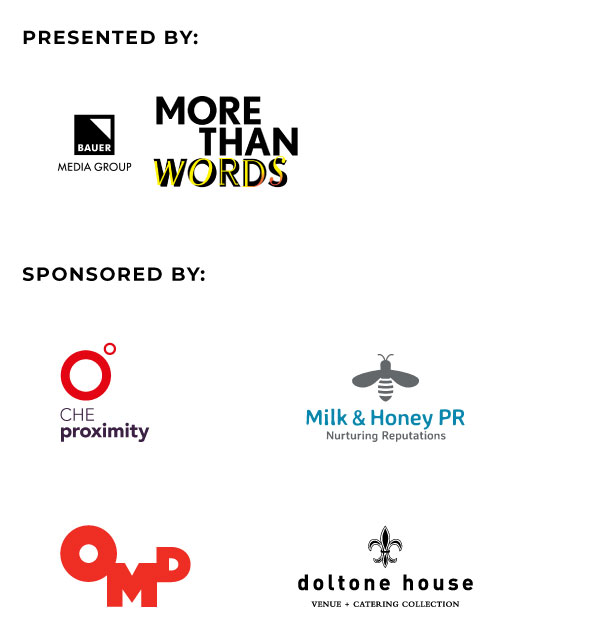Adland needs to expand women’s voices to include the representation of trans, black, and indigenous communities, according to The Museum of Old and New Art’s social media manager, Liana Rossi.
During this year’s B&T Women in Media Awards, presented by Bauer Media, we’ll be recognising exceptional people who have achieved success in their professional arenas, celebrating their invaluable contribution to their industry through leadership, innovation and courage.
We’ll also be on the lookout for the new and powerful faces of advertising, marketing, and the media.
One of these emergent talents is Liana Rossi, the ‘Grand Prix’ and ‘Marketing’ category winner of this year’s B&T 30 Under 30 Awards.
Recently, B&T had the chance to have a candid chat with Rossi about the future of ad-land from her home base in Tasmania, where she handles the Museum of Old and New Art’s (MONA) social media.
While our industry may be getting closer to gender parity more broadly, Rossi believes ad-land is guilty of a lack of representation, specifically, in creative departments.
According to the social media manager, creative departments must reflect their audience—with 50.2 per cent of Australia’s population made up of women—and include transgender, black, and indigenous women’s voices.
“I think the other thing is that women and men in our industry in Australia have unconscious bias—even in agencies where we’re close to gender parity, we still have [a majority of] cisgender, white, middle-class people in there … we have inherited privilege in that,” Rossi tells B&T.
“When I look at some of the places that I’ve worked, where we’re on a headcount level close to parity, that’s not reflected in creative departments, … in production …, in leadership, or in the directors that are creating the ads.”
With the slowdown brought on by the coronavirus pandemic, and the ongoing global Black Lives Matter protests, Rossi believes now could be the perfect time to expand the diversity of voices in ad-land.
“When we think about women, are we including trans women … black women, indigenous women? This means women beyond people you may know in your suburb,” she tells B&T.
“I think that, broadly, when we think about gender a lot of those people get left behind, especially in an overwhelmingly white industry.”
Highlighting this lack of representation is an example from Rossi’s own experience of working with an all-male team on a tampon brief—an instance, she says, where her teammates were probably as uncomfortable with their work as she was to have them with her.
“They were giving me feedback and I just said, ‘how many periods have you had?’—they replied, ‘none’,” she says.
“Everyone laughed … but I think the outcome of that was that my idea and theirs both went to the client, instead of just one.”
Around five years on from this scene, Rossi is now in the cherished position of social media manager at iconic Tasmanian art institution MONA, a role she has held since 2017.
Getting to where she is now, she says, required backing herself and standing tall enough to know her value.
“I think I’ve taken a lot of risks,” Rossi says. “I’ve left jobs based on money, being underpaid … I’m incredibly assertive but I don’t possess strong negotiation skills.
“And it’s not until someone else wants to hire you for a lot more money that you realise that you might potentially be worth that.”
She believes discovering her worth is the bravest thing she has ever done.
“The crazy thing is that it was pretty early in my career and it was such a significant increase in money—it just felt insane that anyone would want to pay me that much, and it wasn’t even that much money. But when you’re fresh out of university, it feels like it,” she tells B&T.
“I think that old adage of ‘ask for the biggest number you can without laughing’ is pretty good advice to women who don’t naturally possess that … confidence.”
Rossi believes many of her colleagues within the advertising and marketing industries do not know how to have these conversations.
However, with new research revealing Australia’s gender pay gap has hovered between 14 per cent and 19 per cent for the past two decades, it could take more than brave, individual conversations to cause society-wide change.
Don’t be shy, be proud of your achievements and enter B&T’s Women In Media! Submit your entry here.
You can also buy tickets to the event here, which will be held on Wednesday 28 October 2020, at Doltone House (Jones Bay Wharf).
And, if you’d like more information, head to this website.
Other key information
On-time deadline: Friday 21 August 2020 (5pm AEST)
Late entries deadline: Friday 28 August 2020 (5pm AEST)
Shortlist announced: Wednesday 23 September 2020.
Thank you to all of our incredible sponsors for making the event possible!









